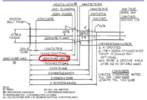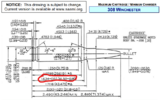Timfoilhat
Time is my accomplice
2A Bourbon Hound 2024
2A Bourbon Hound OG
Benefactor
Life Member
Multi-Factor Enabled
I have some factory new Norma brass. I ran it through my Forster full length sizing die and measured it with an RCBS tool I have that measures case length from base to the datum point on the shoulder. According to the spec for .308 Winchester that measurement is supposed to be minimum 1.6300. I'm measuring 1.6295 on the new sized brass. Is this a concern? Don't want to blow my face off so figured I'd ask before I assume.



